You should sow fall-harvested veggies in the vegetable patch in the middle towards the end of summer. Plenty of veggies that are produced in the spring may additionally be given another opportunity in the autumn months, and some are more flavorful when grown later in the year in cooler climates.
10 Fall Vegetables For Late Harvest:
Pumpkins:
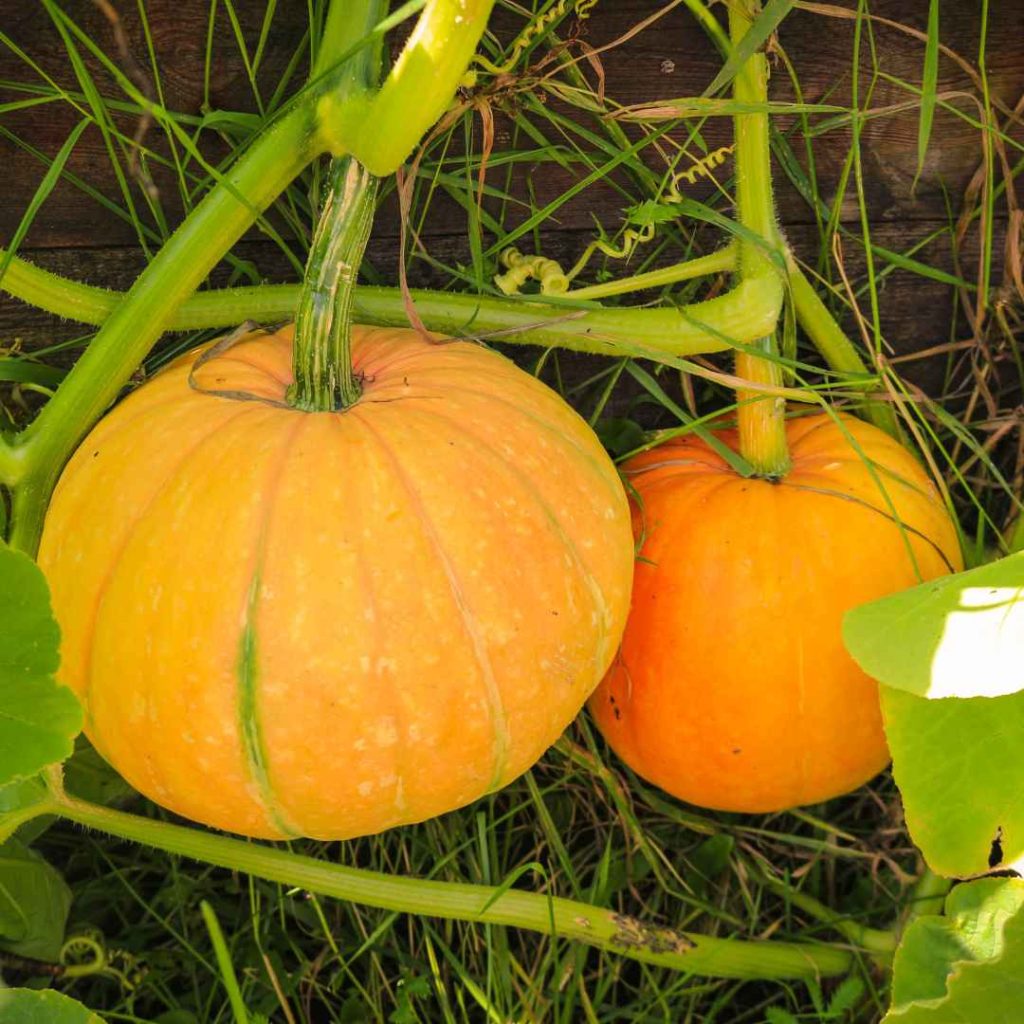
Pumpkins say “fall” like few other vegetables. They are available in a vast array of hues and dimensions. While the greatest pumpkins for consuming food, such as “Baby Pam” or “Long Pie,” have more dense meat and thinner skin, jack-o’-lantern pumpkins have thin internal pulp and a tough exterior.
Because their twigs may grow up to thirty feet in height, pumpkins require space to move around. To increase the square footage of the cultivating area, they can be cultivated on pergolas.
Winter Squash:
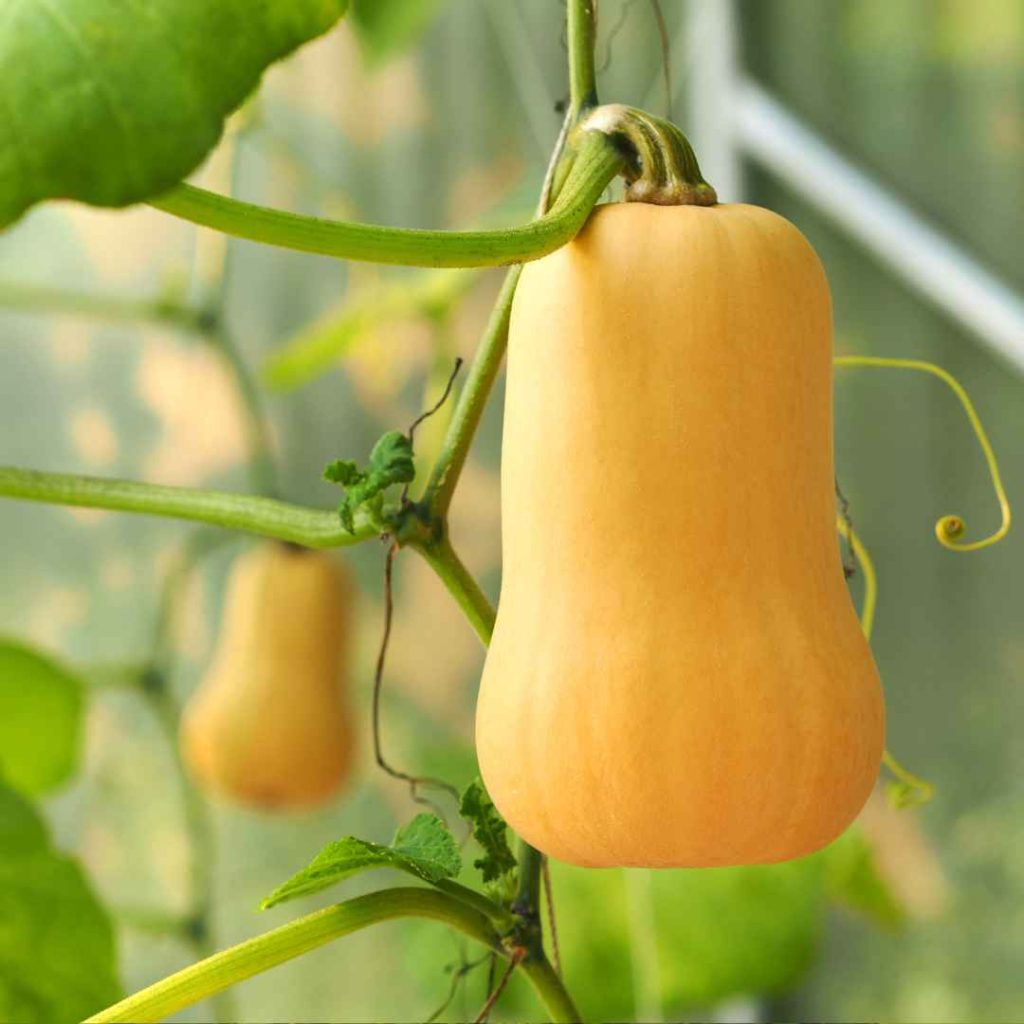
Simple for storing Winter squashes retain their vitamin content for years when kept in low conditions. Although there are many varieties, spaghetti, butternut, buttercup, and Hubbard squashes in everybody’s book Organic Kitchen.
It’s better to start these domestically as seeds and plant them outside in the middle of summertime. Try cultivating them on arbors because, like pumpkins, they may require an enormous amount of space.
Beets:
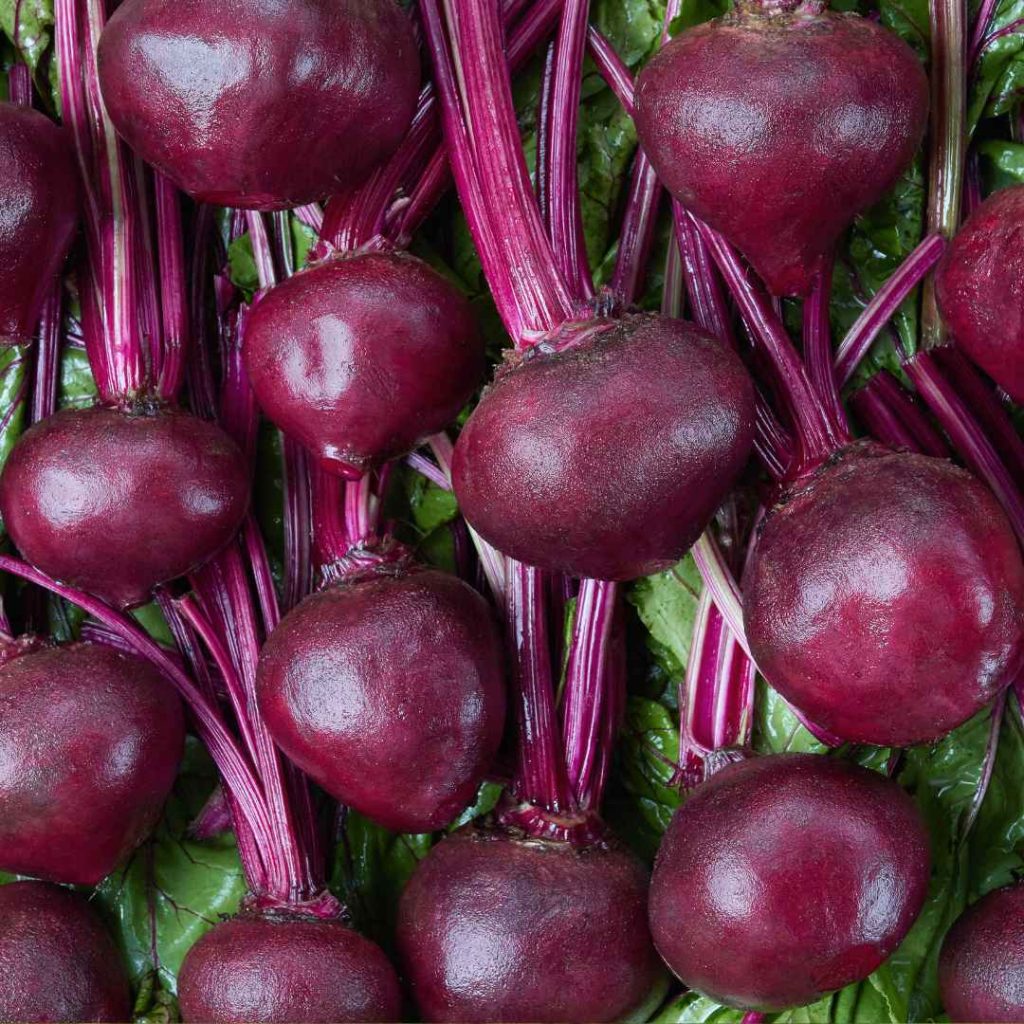
The milder earth temperatures in the fall, when the beets begin to develop, will yield tastier beets, but in summertime, beets may require some shadow protection in order to establish.
They can withstand a little cold and will continue to develop until the initial hard cold. Beets can be marinated, preserved in containers, or kept in a cool place.
Carrots:
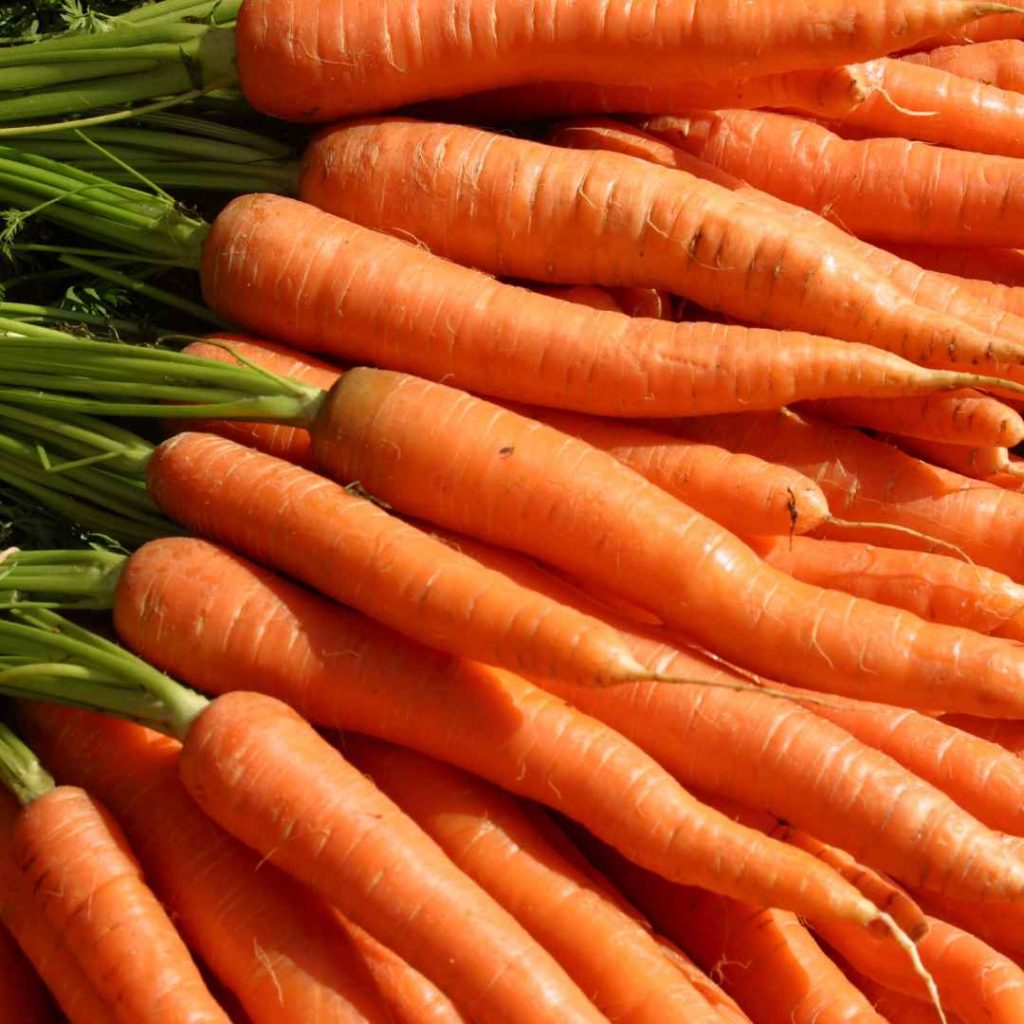
Carrots grown in cooler fall dirt will be more flavorful, like beets, with orange varieties being the most delightful. A healthy yield of carrots will last you through the colder months because they can be stored in a refrigeration unit for up to three months.
They do most effectively when given time to reach adulthood, so don’t yank them too soon.
Sprouting Brussels:
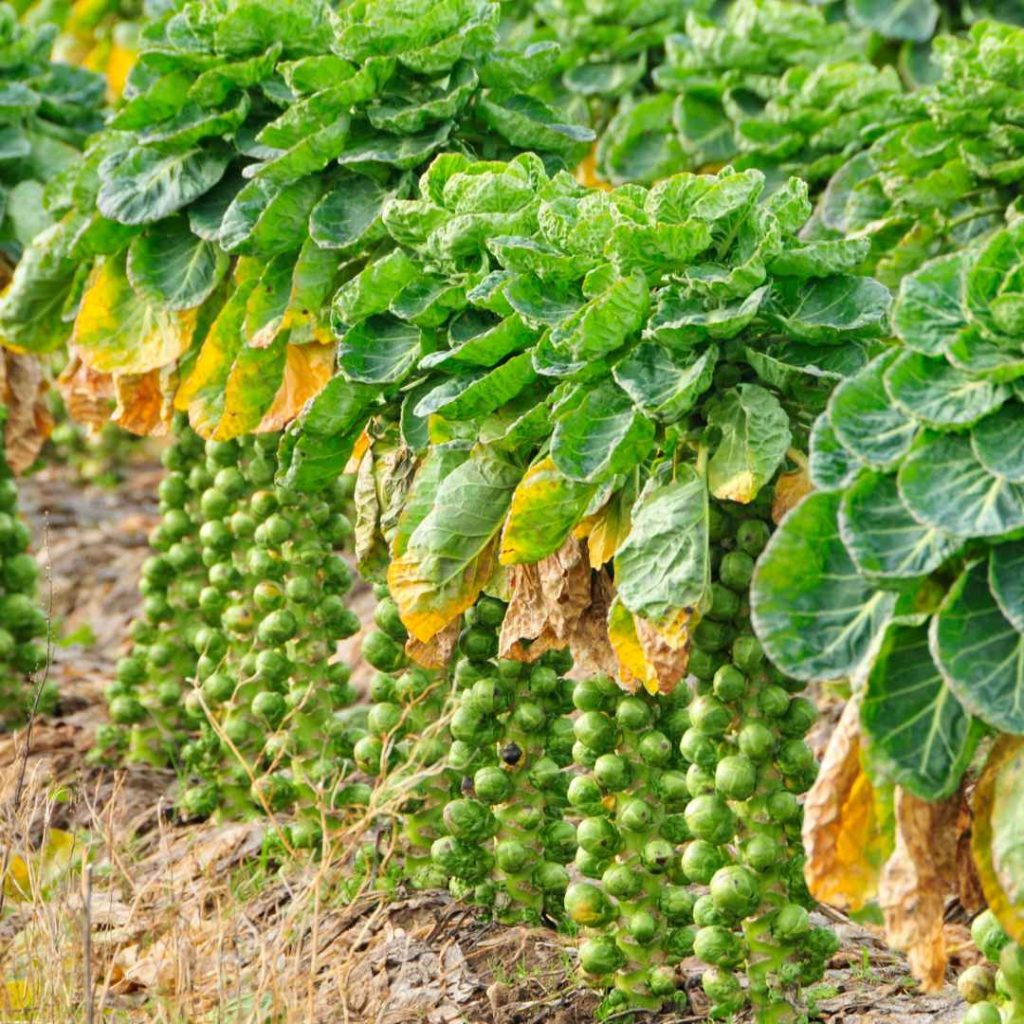
Brussels sprouts, a separate crop that thrives in the fall, are often the last crop to survive when fall gives way to December.
Since they will keep happening to develop from the highest point, pick from the bottom up. Plant the Nasturtium and marigolds close by to assist with ward off caterpillars and cauliflower worms.
Broccoli:
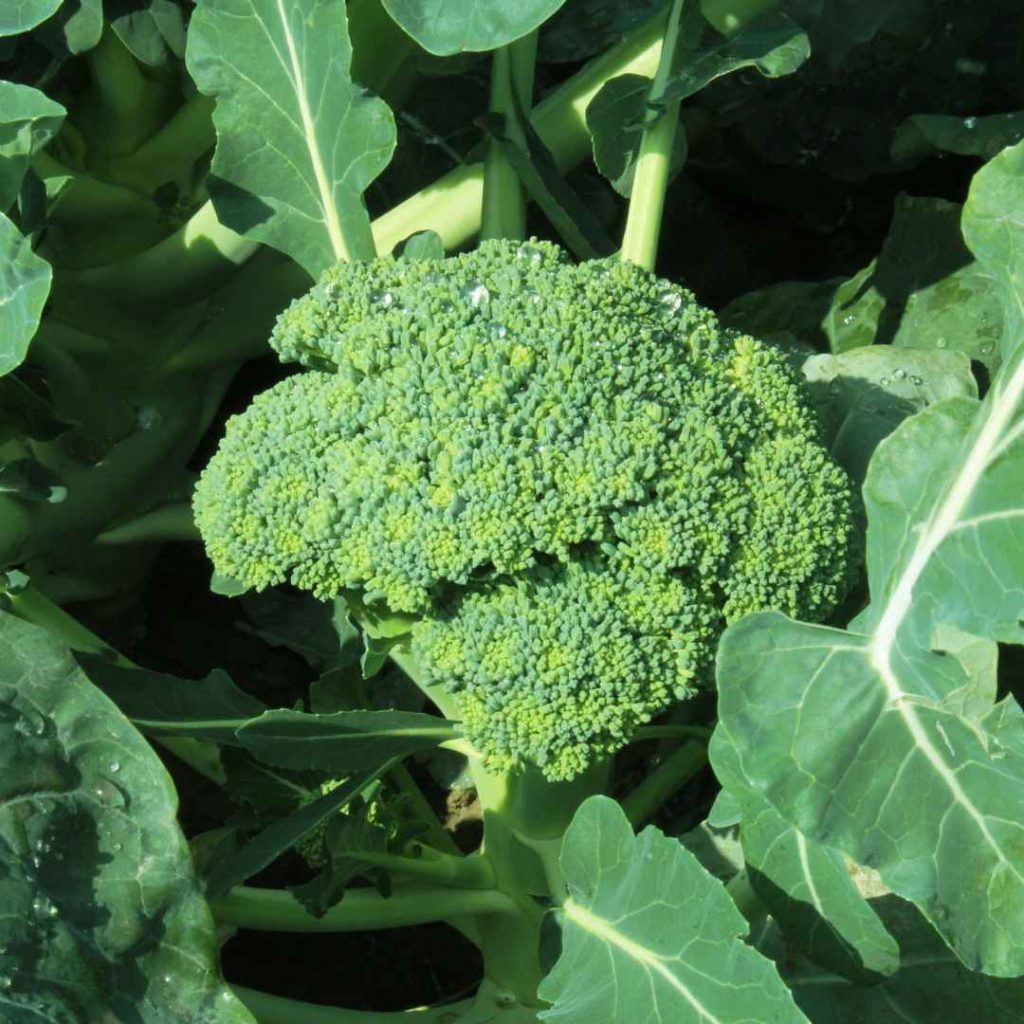
Unlike spring-start broccoli young plants, late-summer-started broccoli seedlings are not susceptible to sporadic frost.
They should be collected prior to the earliest hard cold, but if they have sufficiently grown up, they can withstand a light freeze. It’s advisable to start seedlings a little sooner and then relocate them in the middle of summertime because they require slightly more time to expand.
Potatoes:
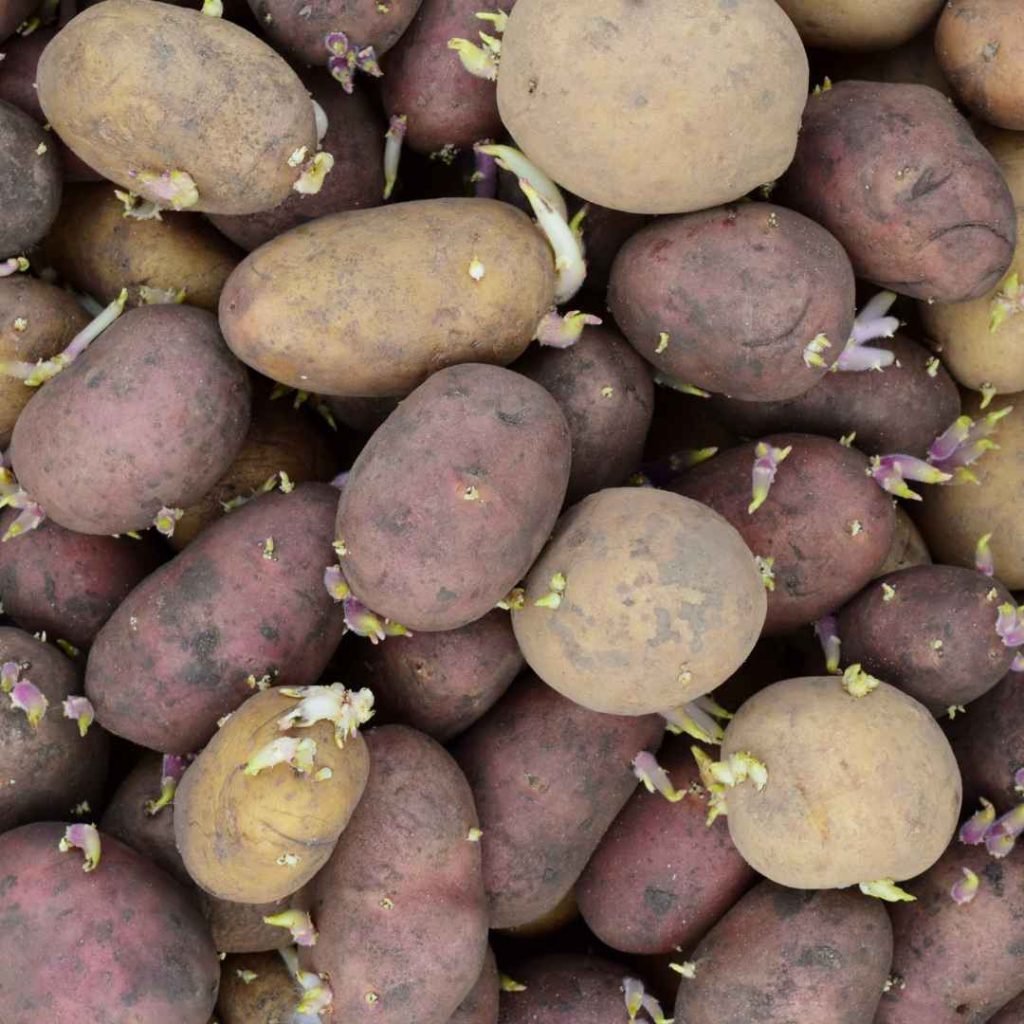
Use approved potato seedlings to develop fast-maturing cultivars. When sown, supermarket potatoes may have illnesses and typically receive treatment with growth inhibiting agents.
Steer clear of cultivating in beds with other nightshade plants, including tomatoes, peppers, eggplant, or other potatoes, that have developed within the last two years. Additionally, refrain from planting near squash, pumpkin, or cucumbers.
Cauliflower:
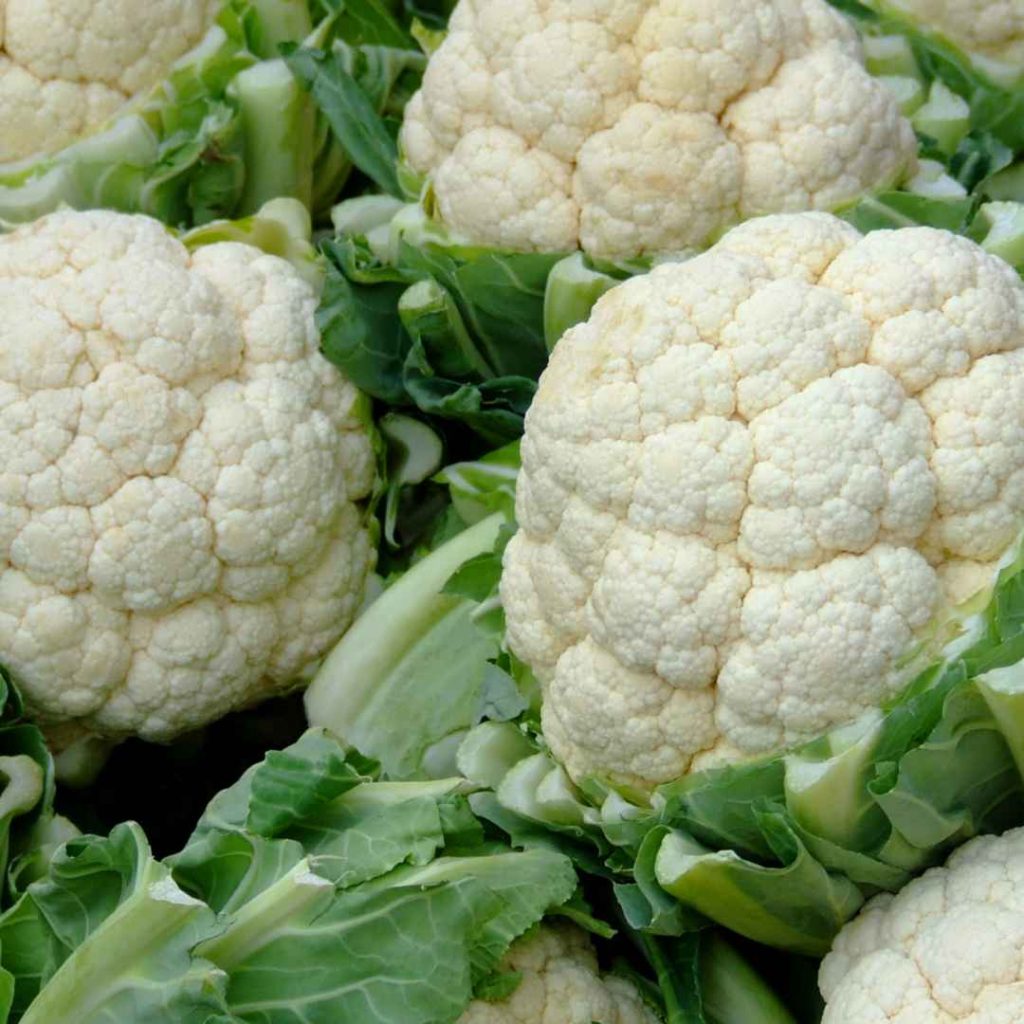
Cauliflower thrives when cultivated in the fall and yields tightly, sensitive heads. They do require a little greater duration to mature, therefore begin your fall harvest a slightly sooner, more in the middle of July.
It is possible to sow seeds earlier and shift sprouts in the middle to late summertime to obtain a head.
Arugula:

When cultivated in the springtime, arugula can produce blossoms and seedlings too soon due to excessively pleasant temperatures. The milder weather in the autumn season, however, enables foliage to develop and become flavorful.
Bush Beans:

These types don’t need assistance, making them a little simpler to produce than pole legumes. Many seeds will germinate in between forty-five and sixty days, and they will develop rapidly in the slightly chilled conditions.
Beans can be cultivated in regions with deficient soil because they replenish nitrogen in the substrate. For additional nitrogen-boosting effects, only up to the beans when they’re finished.
Suggestions For Introducing A Fall Vegetable Landscape:
What To Plant: Because sprouting days are constrained, pick types that mature more quickly.
Determine Development Period: To account for smaller, chilly days, add two to three weeks to the ripening period listed on seed packs.
To decide When To Plant, deduct the anticipated developing period from the predicted first snow date for your region.
Modify The Substrate: Add manure or composting to areas that have recently seen the growth of summer vegetables.
Plant Lineage: To space out harvest dates, fast-growing vegetables like radishes, lettuces, and vegetables can be planted one after the other. Plants that support other plants can enhance their growth, draw pollinating organisms and keep pests away. Learn more about growing with companions.
Apply Mulch: By insulating the area surrounding the roots and retaining humidity, an additional coating of compost will help shield your plants from the scorching temperatures of late summertime.
